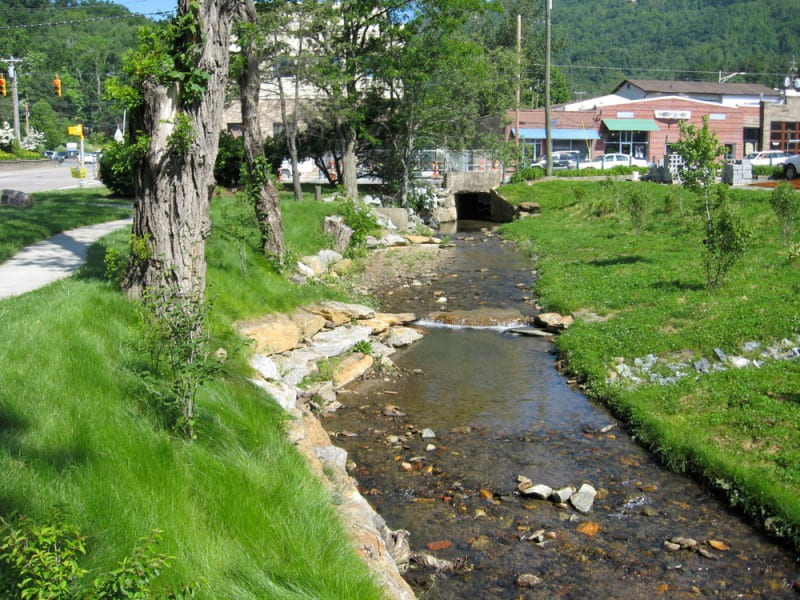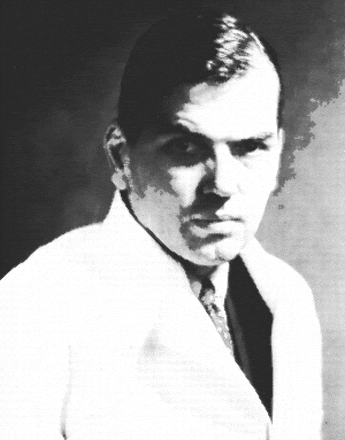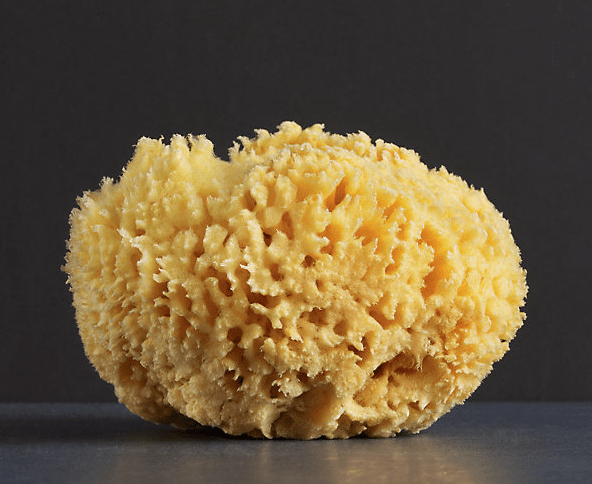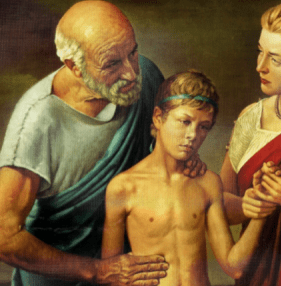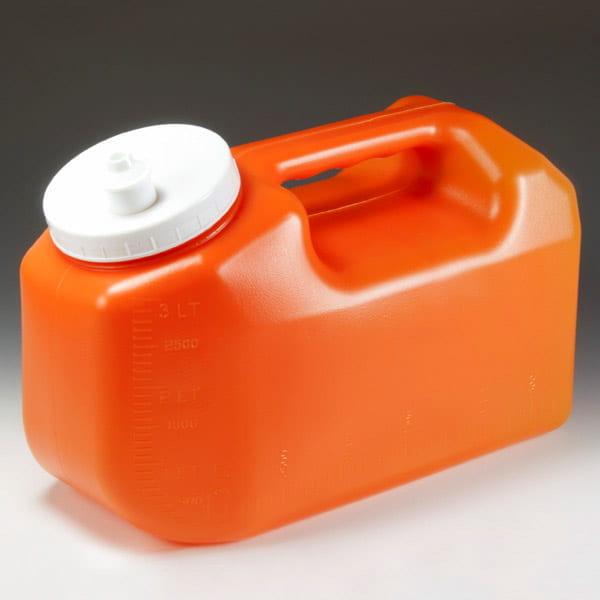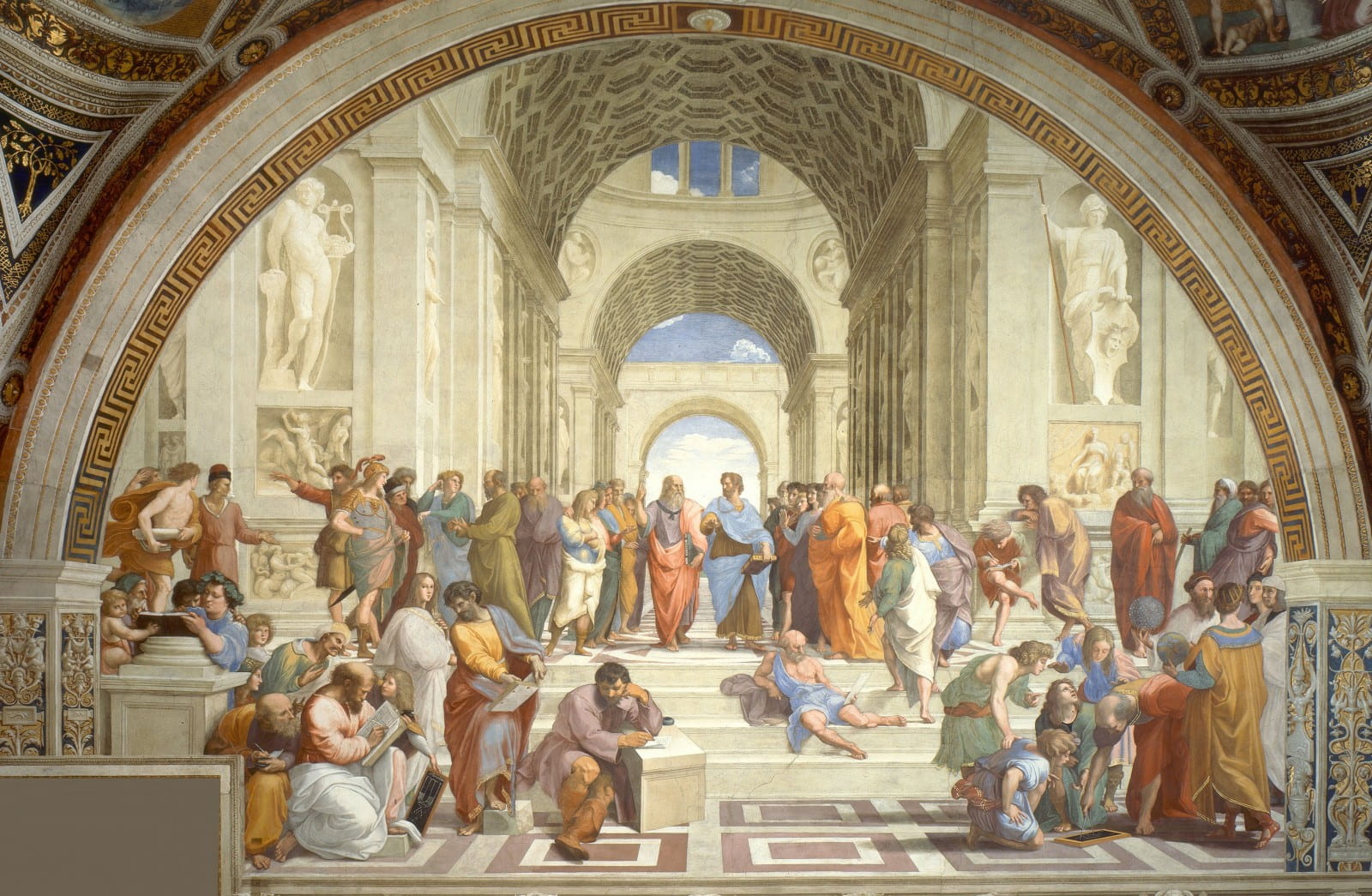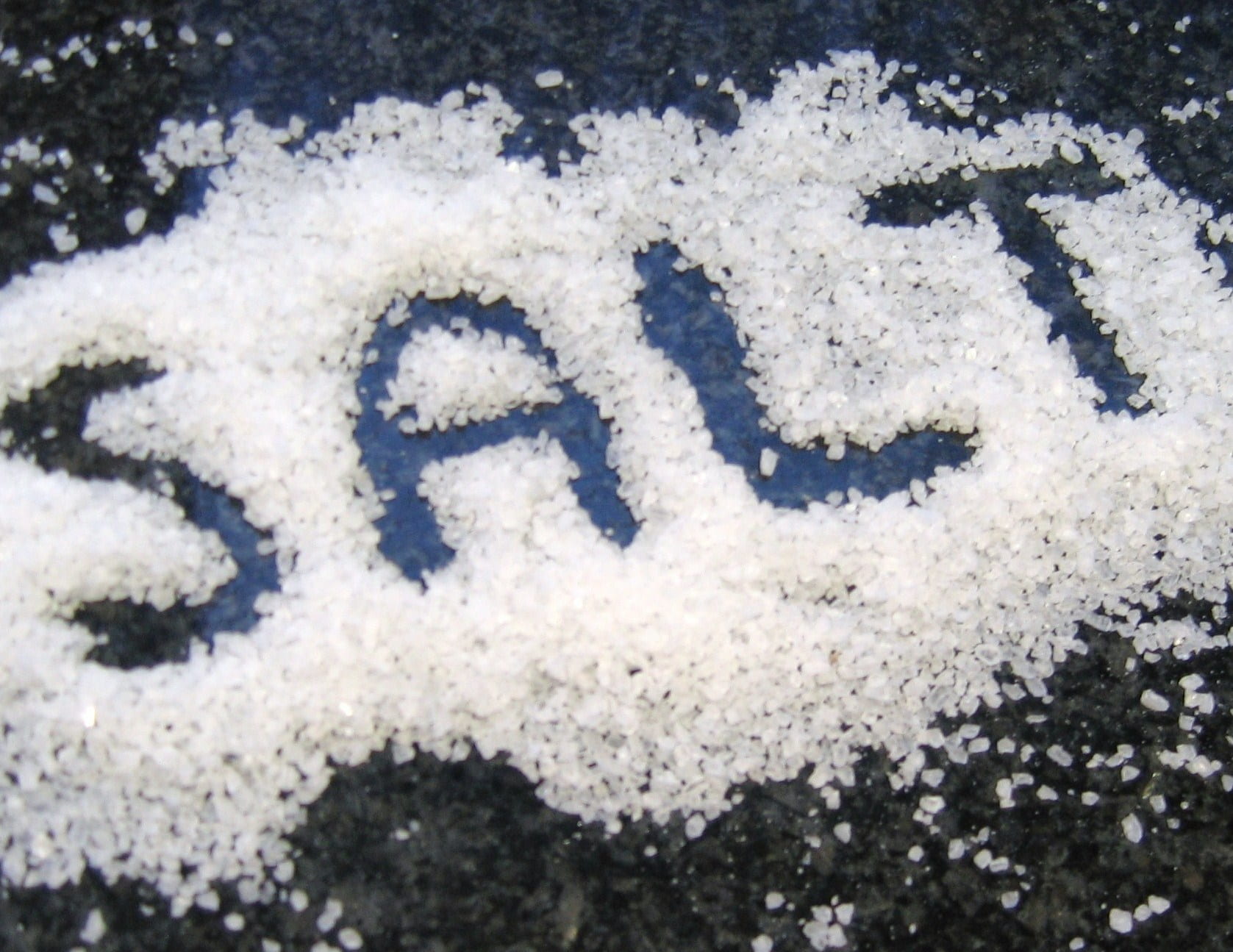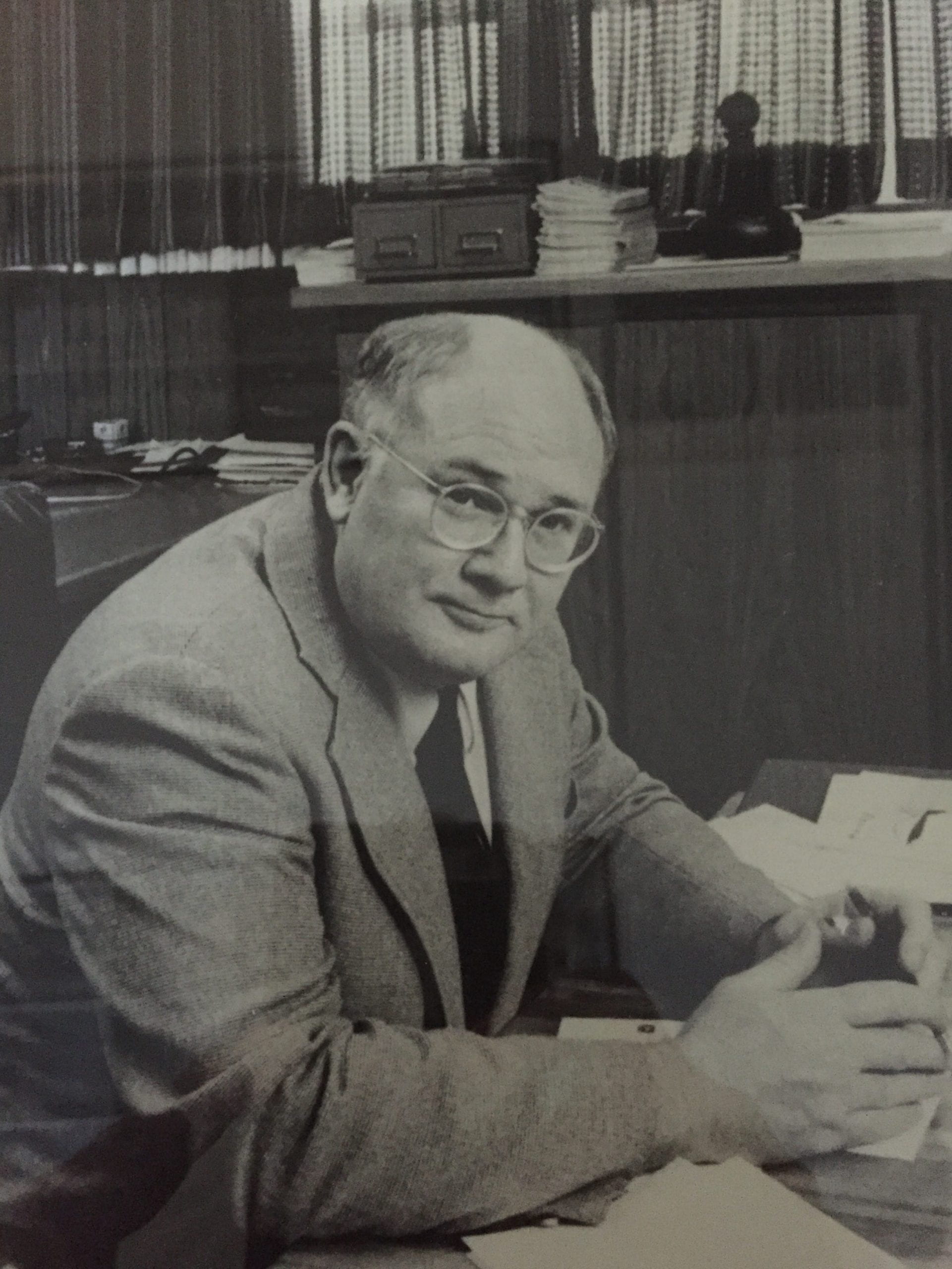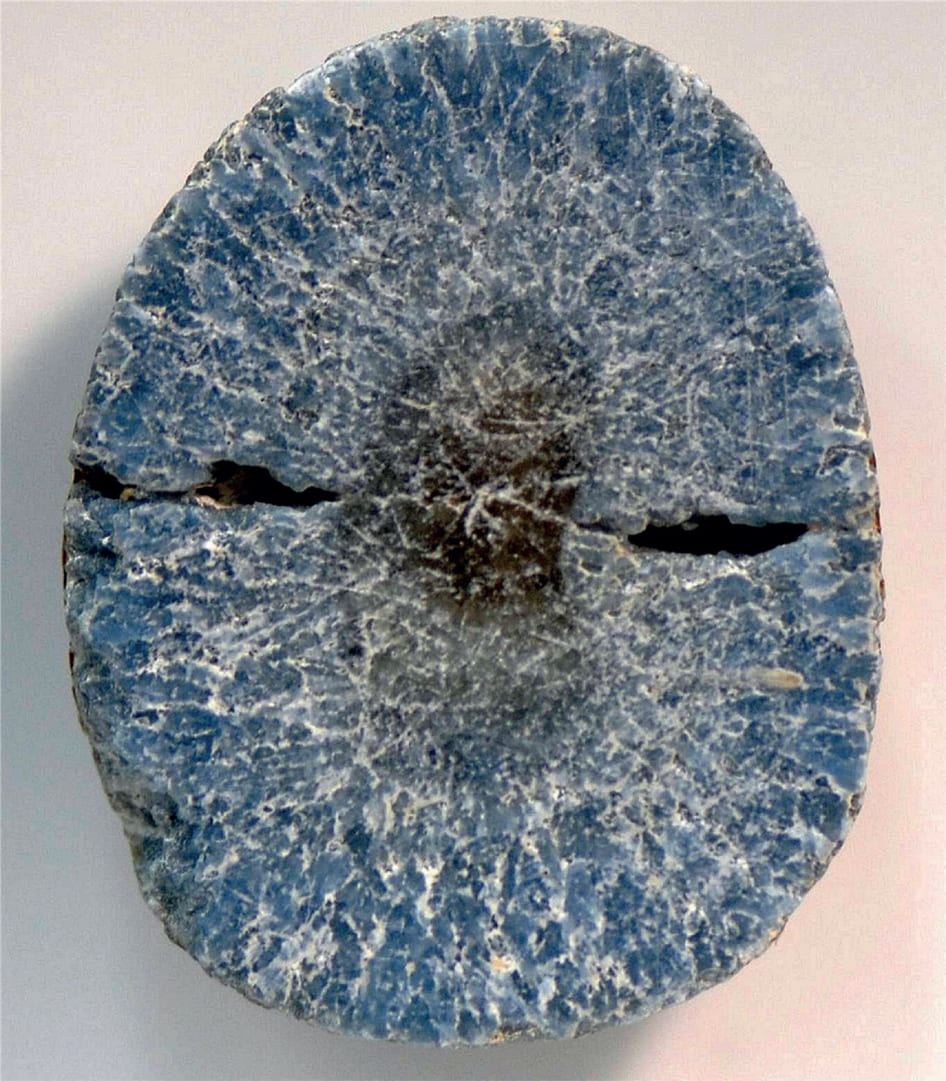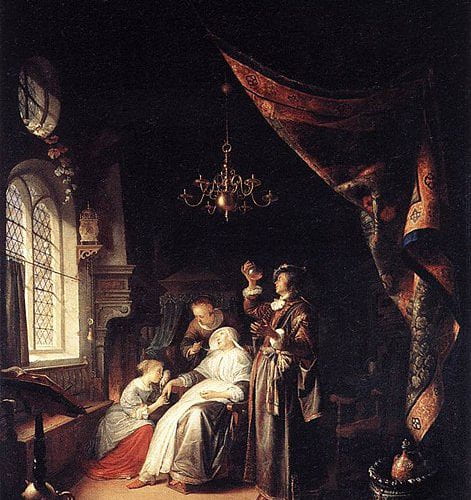
For Kidney Stone Formers
Content Collections
Guide Book
Video Collection
New Book
Articles For Kidney Stone Formers
THE LOW FLOWS
Given that kidneys supersaturate the urine by conserving water, no treatment can be more immediate and direct than to drink more water than one needs so the kidneys can excrete it and in the process dilute the urine salts – which is to lower supersaturation. Alas, there are many patients who cannot or will not drink enough water, and it is these Joan Parks writes about in this article. Over our 40 years of collaboration very many patients with the problem of persistent low flow have come through our stone program at UC, but Joan and I never wrote a paper about them so much of what we found is buried in their charts. By way of redress, Joan has conjured up a lot of details that we think people will find valuable, even though they have not been shaped into the formal character of a scientific paper.
NEPHROCALCINOSIS
Not a few of you have heard this word and wondered what it meant for your health and management. Here is what it means. On the one hand, crystal deposits in kidney tissue. On the other, the name radiologists use when they see calcified regions overlying your kidneys, regions that are not clearly free stones but could be stones or tissue mineral. They really cannot tell with great precision. They never could. Modern high resolution ureteroscopy can tell, and surgeons everywhere have adopted this wonderful technology into common practice. You need to know this. Those of you who carry the diagnosis of nephrocalcinosis will all benefit from modern surgical visualization as opposed to indirect means of radiology.
KIDNEY STONE OVERVIEW
If you want a comprehensive view of what kidney stones are and how they are made, I have put together various of the articles in this by now rather large site to make up a kind of story, or narrative, or, as I like to think of it, a walking tour. Read in the order I suggest, and take a look at the few narrator comments and I promise a nice overview of the topic. More will come if people seem to like this format.
The Diagnostic Dilemma of Medullary Sponge Kidney
Many people have multiple calcification in their kidneys and urinary tracts which show up on CT scans and are labelled ‘nephrocalcinosis’. When they look like multiple small calcifications massed together radiologists often label the disorder as MSK. Old fashioned x-rays with contrast agents were actually more discriminating for the diagnosis but have passed into disuse. Contrast CT can also help make the diagnosis but is rarely used to diagnose stones. Modern high resolution endoscopy has, fortunately, taken over as the main new way to manage stones and with such instruments surgeons can confidently diagnose MSK. Because new, the change in the way we diagnose MSK will inevitably change what people are told is the cause of their stones. MSK has special features which complicate treatment. A large majority of people presently labelled as having MSK probably do not have it but rather have one or another more common stone forming disease. The message is simple: We need to separate out who has what and provide exacting and reliable treatment using the most modern techniques.
Why Do Kidney Stones Cause Pain?
Dr Michael Borofsky is a young and brilliant surgeon specially trained in kidney stone management who offers us the article any patient or family member or friend will want to devour. Stone pain is awful and arises from complex abnormalities that are important to know about. He makes clear how much inflammation occurs, why a lessening of pain might not signal betterment of obstruction but only a fall in blood flow to the kidney. Most importantly he writes about the possibility that stones which do not obstruct might still cause enough pain to disable people, interfere with life, and lead to drug dependence. This controversial area of kidney stone surgery requires new studies, but before they are done patients and physicians need to know about the possibility that chronic pain in a stone former may be coming from an innocent appearing stone we have up till now dismissed.
24-Hour Urine Collections: Why and How
So many times I have been misled and my patients also because of misunderstandings about what 24 hour urine collections can tell us. They are single frames out of a movie that runs lifelong so it is imperative people collect as they were when they made stones or as they are pursuing their stone prevention treatments. The concept is easy and easy to ignore, put aside, forget about. Jill’s offering is not only useful for the first time collector, but every time – as a reminder.
AN EXPERT REBUKES DEFECTIVE ACP GUIDELINES FOR KIDNEY STONE PREVENTION
Dr. David Goldfarb has taken on the American College of Physicians concerning the flawed guidelines they have promulgated for prevention of kidney stones. I have criticised these guidelines – for fluids and medication use – in two prior articles. My criticisms were about their intellectual failings and naivete concerning medical practice. His are broader because in addition to their intellectual and medical flaws they were published against the advice he gave as a peer reviewer of the articles. Furthermore, as he points out, they do not properly acknowledge the guidelines of the American Urological Association, which represents the main body of physicians who actually take care of stone patients. The AUA guidelines contradict those of the ACP and, in my opinion, and his, properly so. This matters to you as patients. If your doctor has been told something is good and proper, by physicians promoted as experts by the ACP, he or she may act accordingly, and that may not be good for your care. Read what Dr. Goldfarb says, and likewise what I have said about this matter.
SALT
Get ready. We have covered stones, supersaturation, stone risk, potassium citrate, and more, but now we are coming to a central mystery – a pivotal issue in whether or not treatment will work or not. Calcium is the first name of most kidney stones, and the calcium in stones comes mainly from the urine. So the urine calcium is a big deal. Yet it is sodium chloride, humble table salt, that strongly controls how much calcium is in the urine. Genes play a role, protein, too, lots of factors. But salt intake is so modifiable, so amenable to change it has a massive role in treatment. Here is my best on the subject. I hope you like it.
CLINICAL SUPERSATURATION
This is the essential basis for modern kidney stone prevention. I review its limitations, and how much information it provides on the pattern of stone risk factors for a given patient. Also, I show how much variation within a day hides in the 24 hour averaging and what you should do about it, and point out why you need at least two 24 hour urines before treatment. If you have signed up for my emails, read the one for this article because it explains how it is put together and best read.
CHAPTER 9: CYSTINURIA: An Introduction for Patients
A very useful introduction by Dr Anna Zisman. In general the articles on this site are a bit more detailed and referenced than this one, but the disease is very complex and we thought a fairly simple and brief introduction would be ideal for patients and their families.

